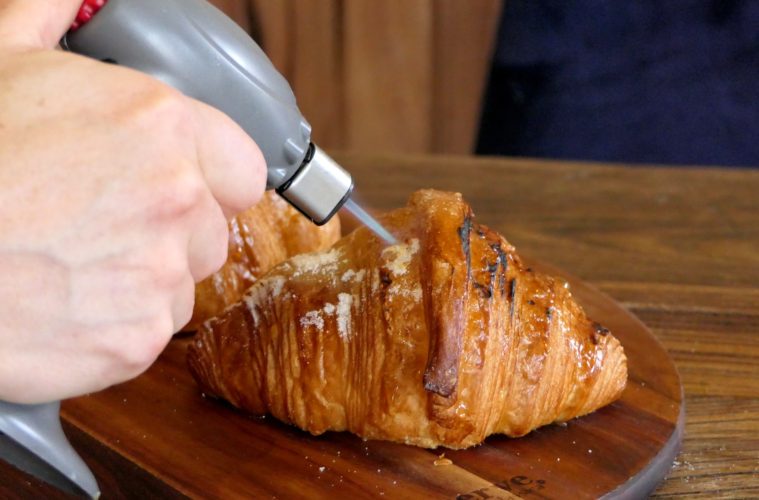You’re sat on your sofa, feeling a bit peckish while watching a new TV show. Then before you know it, your binge-watch is interrupted by the dreaded adverts. And to make matters worse, the food adverts are pulling at your hunger strings. Thanks food advertising world.
You can’t help but wonder, how do they make the food in food adverts look so perfect? My McDonald’s burgers never look like that.
Well, in case you didn’t know, more often than not, these adverts pair real food with other items you probably wouldn’t want to ingest. Perfect-looking food sells, even if it’s tough to recreate with actually edible items at home.
So, what kind of tips and tricks do food advertisers use to achieve such perfection?
Making hot food look hot
Nobody wants cold fries, so from a marketing perspective, it’s important your food product gives off the impression of heat. But if you’re carrying out a food photoshoot you can’t keep reheating products – not to mention the fact they’re probably covered in some flamable substance for aesthetic purposes. So what do they do? Well, often they use items with high absorbency (e.g. sponges), microwave it in a bowl of water and position it behind the food, so it’s not in the shot, obviously. And bam, you’ve got a longer lasting source of steam.
Making items look cold
Is there anything more refreshing than a cold meal or beverage on a hot day? The chill-factor of a drink is important to its appeal but how can you make something seem cold without being able to actually feel it? Well, in the food advertising world, they use glycerine, a natural compound that creates the appearance of shine or even condensation. So the next time you find yourself wondering how they get those drops of condensation to look so appealing, you have your answer.
Making food look plump
You know when you see an ad for the plumpest chicken breast you’ve ever seen, but as soon as you cook your own, it just looks a bit deflated and sad. Yeah, well that’s probably not because you’re doing anything wrong. In the food advertising world, their holy grail is mashed potatoes (relatable). Rather than dousing it with gravy and served it with sausages, instead, the sausages may be served with mashed potato inside them. AKA injecting advert food with mash to faten it up.
Who would’ve thought mashed potatoes had any purpose other than to be eaten?
Keeping food in place
This one may come as less of a shock, but often food adverts pin food items together so they stay in place. Apparently a burger with ketchup-covered onions slipping down its side isn’t particularly enticing. And in a similar vein to mashed potatoes’ purpose, they use toothpicks and cardboard to structure food products to perfection.
Nobody wants soggy cornflakes
Okay, maybe some people do. But we can probably all agree that soggy cornflakes look less appetising than the crunchy kind. But popping cereal in with milk is always going to have this effect. The solution? Glue. Yep, you heard that right, glue. Or if you’re not feeling so sticky, shampoo is also a good shout. Maximum milky-appearance, minimal sog. It’s a win-win situation.
The food advertising world & food adverts – final thoughts?
On the whole, while these tips and tricks are by no means the full extent of the ingenious hacks utilised in the food advertising world, you get the idea. Real food alone is unreliable, but paired with inedible products? It’s a recipe for fake perfection.



